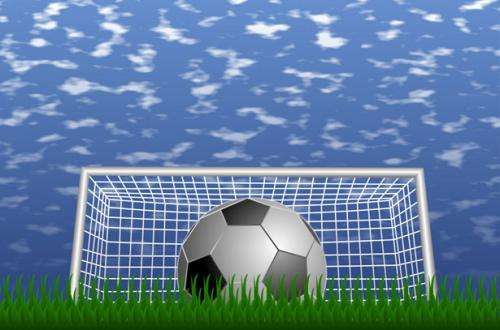-
Tips for becoming a good boxer - November 6, 2020
-
7 expert tips for making your hens night a memorable one - November 6, 2020
-
5 reasons to host your Christmas party on a cruise boat - November 6, 2020
-
What to do when you’re charged with a crime - November 6, 2020
-
Should you get one or multiple dogs? Here’s all you need to know - November 3, 2020
-
A Guide: How to Build Your Very Own Magic Mirror - February 14, 2019
-
Our Top Inspirational Baseball Stars - November 24, 2018
-
Five Tech Tools That Will Help You Turn Your Blog into a Business - November 24, 2018
-
How to Indulge on Vacation without Expanding Your Waist - November 9, 2018
-
5 Strategies for Businesses to Appeal to Today’s Increasingly Mobile-Crazed Customers - November 9, 2018
O say can you breathe? Fireworks pollute air, study says
Fireworks are a beloved tradition of the Fourth of July, but the colorful displays also bring a spike in air pollution, a new study shows.
Advertisement
“When you think of air pollution, fireworks don’t come to mind”, said Dian Seidel, who authored the National Oceanic and Atmospheric Administration study.
The study, published in the journal Atmospheric Environment, is believed to be the first to look at the impact of fireworks on air quality over multiple years and locations around the country.
They found that the levels of concentration peaked at more than double their average between 9 and 10 p.m. on July 4 and this concentration did not drop to background levels at around 12 p.m. on July 5.
Such levels explode after a fireworks show, especially in the United States where approximately 14,000 fireworks displays occur on July 4.
The scientists wanted to study the pollution because the microscopic PM2.5 particles affect health because they travel deep into a person’s respiratory tract, entering the lungs. That pollution dissipates over the next several hours, and by about noon on July 5, particulate matter levels are “negligible”, said Seidel, who was the study’s lead scientist.
Exposure to fine particles, like those found in smoke and haze, is linked with a number of negative health effects, such as coughing, wheezing, shortness of breath, asthma attacks and even heart attacks, stroke and early death, according to the EPA. At one site in Utah, where fireworks were set off in a field next to the air-quality monitoring site, particulate matter concentrations rose 370 percent on the holiday, well above the EPA standard. Children and older adults are particularly sensitive to fine particle exposure. Average concentrations over the 24-hour period starting at 8 p.m. on July 4 are also 42 percent greater than on the days preceding and following the holiday.
The USA Environmental Protection Agency has more on the health effects of particulate matter. “They’re going to drift whichever way the winds goes, so it’s not just going to be the people sitting in the park watching the fireworks”.
Advertisement
Erin Hatfield, a spokeswoman for the Oklahoma Department of Environmental Quality, said the agency doesn’t keep data on fine particulate matter associated with fireworks shows. People with asthma should follow their asthma action plans and be sure to have their quick relief medicine handy.





























